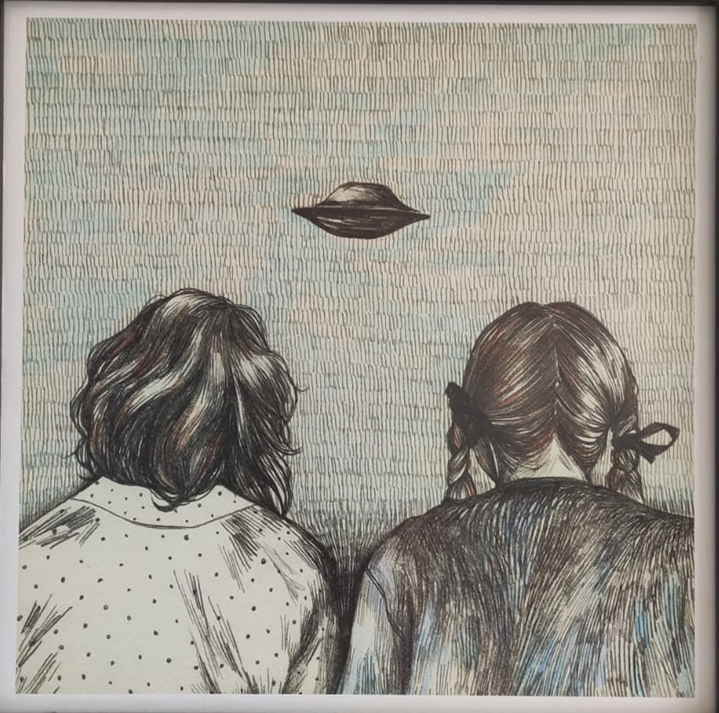Elena and Lila: outside and inside the "same story"
Resumo
This article is an analysis of the friendship between the two protagonists of The Neapolitan Novels in light of feminist philosopher Luce Irigaray’s theories. It demonstrates the influence of Irigaray in Ferrante’s representation of Elena and Lila’s female friendship. Ferrante drew inspiration from the philosopher to create the play of shared creativity between the two protagonists and to design their opposite characters. Lila corresponds in many ways to the ideal female figure and behavior elaborated by Irigaray in When Our Lips Speak Together, while Elena represents the consequences of detachment from this model. This article also analyzes the society in which the protagonists live in view of Irigaray’s works This Sex Which Is Not One and Speculum of the Other Woman, revealing its patriarchal essence. These societal constraints and Elena and Lila’s opposite ways of facing them do not allow a female bond outside what Irigaray calls “the same story” – namely, the usual separation that patriarchal economy demands from women.







